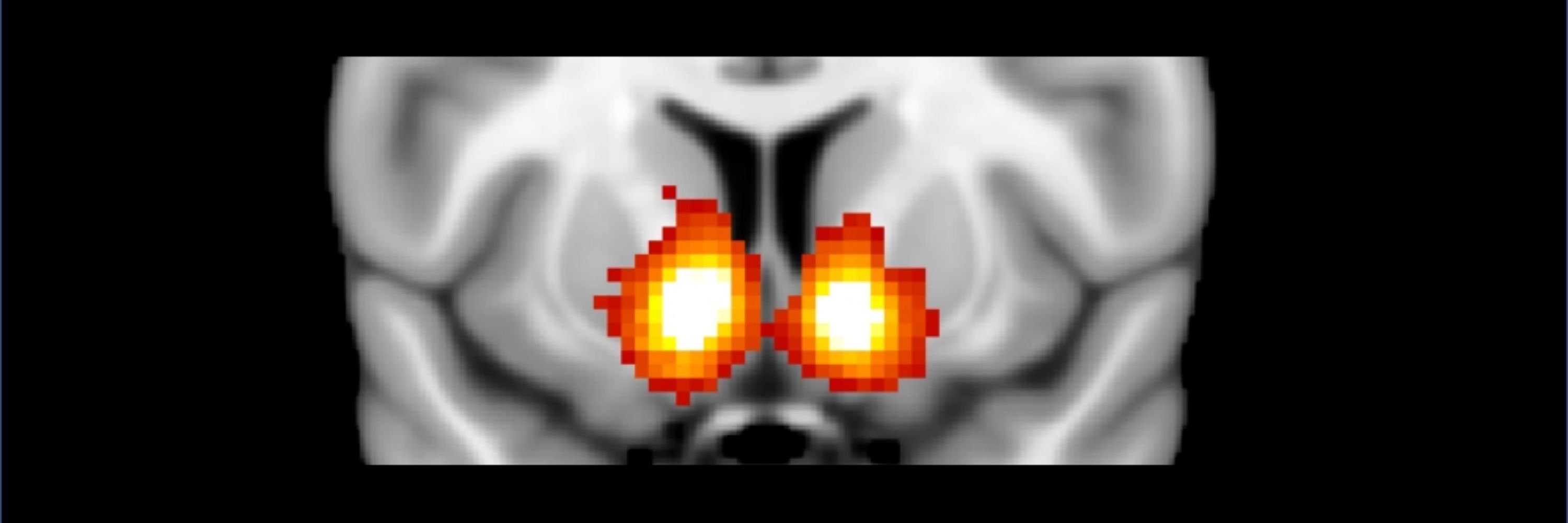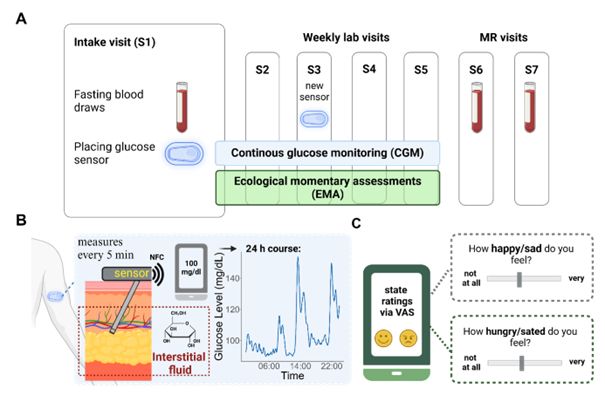Nils Kroemer
@nbkroemer.bsky.social
3.6K followers
1.9K following
280 posts
Neuroscientist | Professor of Medical Psychology at U Bonn | PI Neuroscience of Motivation, Action, & Desire Lab at U Bonn & Tübingen
aka @cornu_copiae
Posts
Media
Videos
Starter Packs
Pinned
Reposted by Nils Kroemer
Reposted by Nils Kroemer
Reposted by Nils Kroemer
Reposted by Nils Kroemer
Reposted by Nils Kroemer
Reposted by Nils Kroemer
Reposted by Nils Kroemer
Reposted by Nils Kroemer
Reposted by Nils Kroemer
Reposted by Nils Kroemer




















